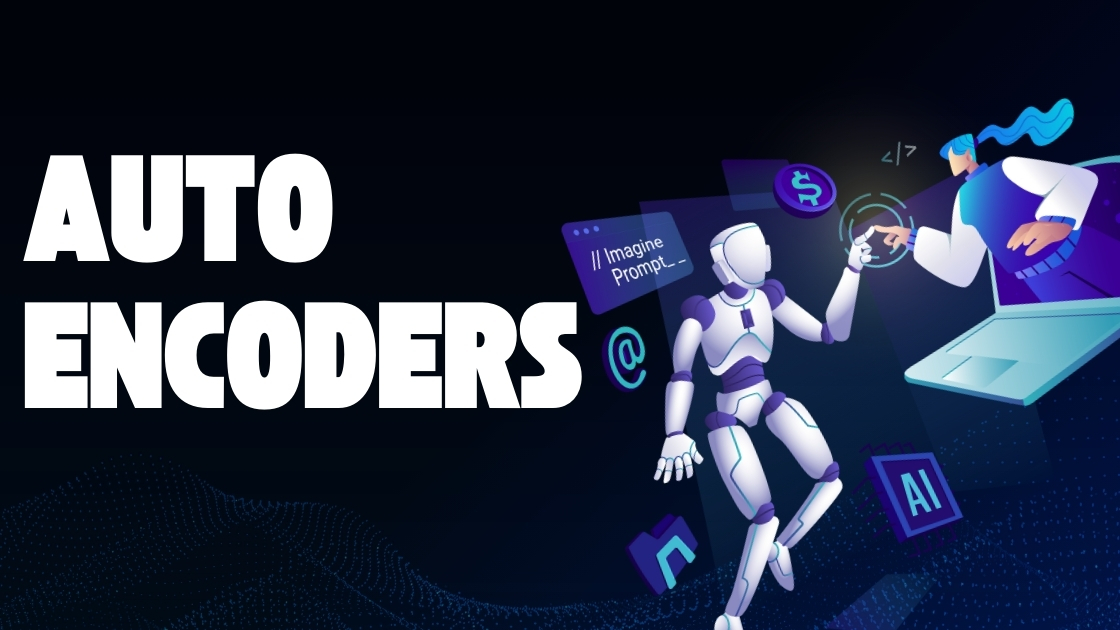Autoencoders, a class of neural networks, have emerged as a transformative technique in the realm of generative artificial intelligence (AI) and large language models. They exhibit remarkable capabilities in learning efficient representations of complex data and are instrumental in tasks such as image reconstruction, dimensionality reduction, and even generating novel content.
This article will delve into the intricacies of autoencoders, their connection to generative AI, and their synergy with large language models. Furthermore, we will explore real-world examples that highlight the versatility and potential of autoencoders in generating creative outputs.

- Understanding Autoencoders:
Autoencoders consist of two primary components: an encoder and a decoder. The encoder compresses high-dimensional input data into a lower-dimensional latent space, capturing salient features of the data. The decoder then reconstructs the original data from the latent space, aiming to closely match the input. The process of training an autoencoder involves minimizing the reconstruction error, forcing the model to learn meaningful representations in the latent space. - Generative AI and Autoencoders:
Autoencoders serve as a cornerstone in generative AI, which focuses on creating new, realistic content based on existing data patterns. By training an autoencoder on a dataset, the latent space can be explored to generate novel instances that share characteristics with the original data. This capability opens avenues for creativity and innovation, enabling the generation of unique images, music, text, and more. - Connection to Large Language Models:
Large language models, such as OpenAI’s GPT-3, have revolutionized natural language processing and generation. Autoencoders complement these models by providing a means to learn efficient representations of textual data. By employing autoencoders, language models can capture and compress meaningful information from vast amounts of text, enabling more effective knowledge representation and transfer learning. - Image Generation with Autoencoders:
Autoencoders, particularly Variational Autoencoders (VAEs), have garnered attention for their ability to generate compelling and diverse images. VAEs incorporate probabilistic modeling to generate novel images by sampling from the latent space. They can create images that exhibit both variety and continuity, allowing for seamless exploration of the generated content. - Text Generation and Language Models:
Autoencoders play a crucial role in enhancing the capabilities of large language models. By pretraining autoencoders on massive text corpora, language models can capture semantic and syntactic structures, enabling more accurate text generation, summarization, translation, and dialogue systems. The learned representations from autoencoders assist language models in understanding and generating coherent and contextually appropriate text. - Examples:
- Image Synthesis: Deep Convolutional Generative Adversarial Networks (DCGANs) employ autoencoders to generate realistic images. DCGANs have been used to generate lifelike human faces, synthetic landscapes, and even artwork.
- Text Generation:
- Language models like GPT-3 utilize autoencoders to learn contextual representations of words and sentences. This empowers the model to generate coherent and contextually appropriate text in various domains, including creative writing, news articles, and conversational agents.
- Music Generation:
- Autoencoders have been employed in music generation tasks to capture melodic and harmonic patterns. By training autoencoders on vast music collections, novel compositions can be generated that align with different genres, moods, or styles.

